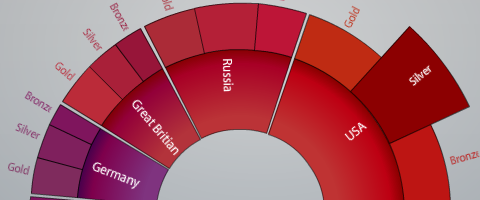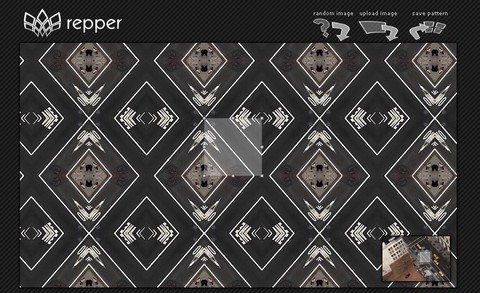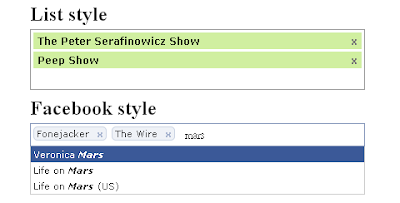dhtmlxScheduler is a web-based event calendar which provides simple in-browser scheduling solution. With smooth Ajax-enabled interface dhtmlxScheduler allows users to add, modify or delete events without refreshing the web page.
Intuitive drag-n-drop behavior gives the possibility to change events date and start/end time by simply dragging the event boxes. The calendar events can be displayed in Day/Week/Month views.
dhtmlxScheduler is very lightweight (about 19KB gzipped), cross-browser and highly customizable. Each aspect of the calendar interface can be configured through JavaScript API. Developers can easily add/update events, change date format, time scale or calendar language.
Although dhtmlxScheduler is a pure JavaScript solution, it can be easily connected to the backend database with the help of dhtmlxConnector, a PHP extension that enables data communication between client-side interface and server-side datasource.
You can also use your own server-side code written in any language (PHP, Java, ASP, etc.) to bind scheduler content to the database. dhtmlxScheduler is distributed under GNU GPL and commercial licenses.
Requirements: -
Demo: http://dhtmlx.com/docs/products/dhtmlxScheduler…
License: GPL and Commercial Licenses








